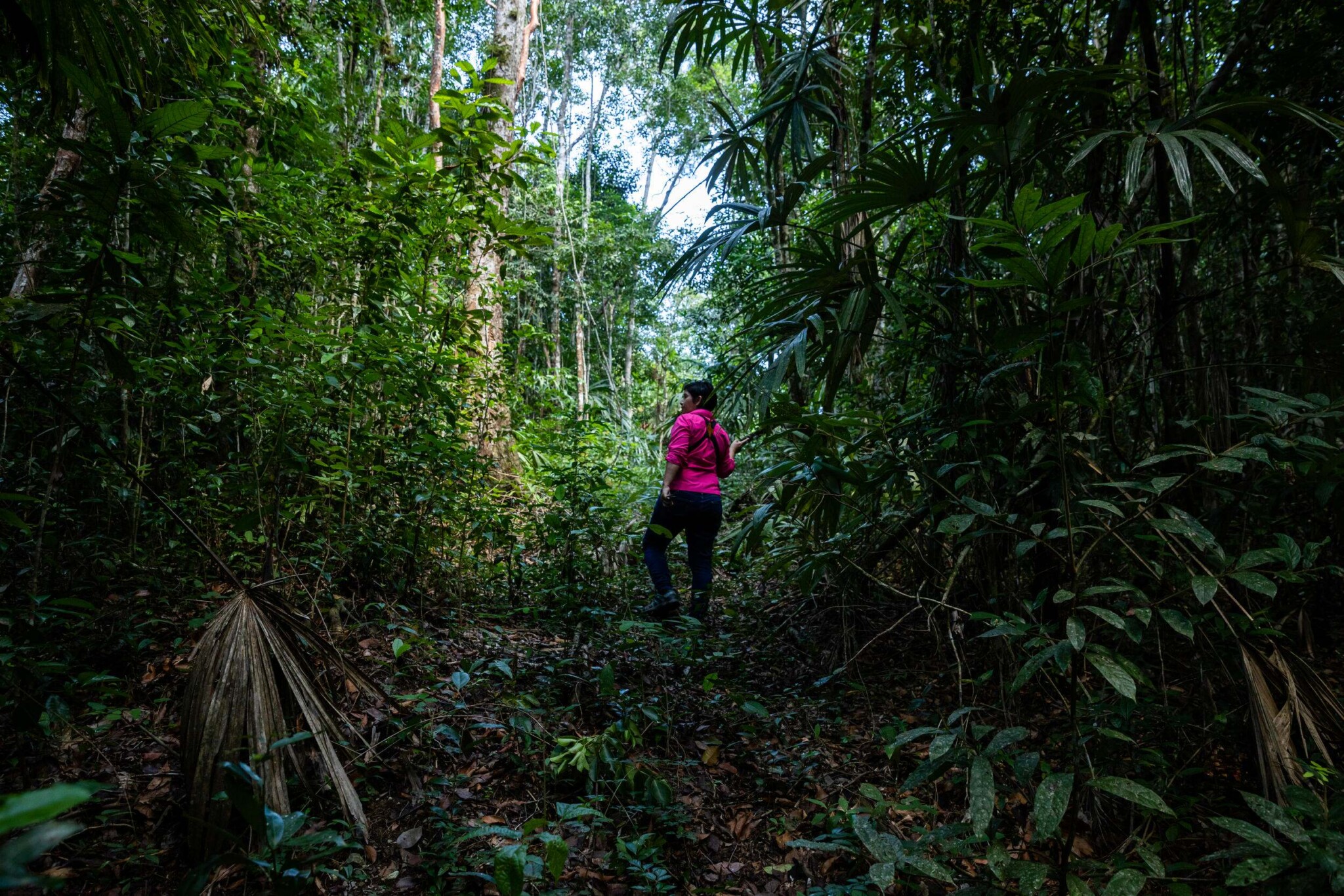Nature-Based Solutions Commitment Tracker: nearly half of current pledges show no evidence of progress since COP 28

- In 2024, we have only tracked 5 new joint public or private commitments to accelerate the implementation of nature-based solutions (prior to the start of COP29), according to the most recent update from the Nature4Climate Commitment Tracker.
- Between 2019 and 2023, the number of commitments to nature nearly doubled, highlighting an alarming slowdown in new commitments since COP28.
- Even more concerning is that almost half (48%) of previously announced commitments show little or no evidence of progress. This figure remains virtually unchanged from the last update in June 2024, indicating that nearly half of public commitments have shown no signs of progress or implementation. Before COP27, 54% of tracked commitments lacked progress.
Read more
Related articles for further reading
In 2024, we have so far only identified 5 new public or private joint commitments to accelerate the implementation of nature-based solutions prior to the start of COP29. This highlights an alarming slowdown in this critical area for tackling climate change. Of these new commitments, only one specifically mentions Indigenous Peoples (IPs) and Local Communities (LCs).
These figures come from the latest updates to the Nature4Climate Commitment Tracker, published November 18th. The study reveals that between 2019 and 2023, the number of joint action commitments to accelerate the implementation of nature-based solutions has nearly doubled. When Nature4Climate first began tracking multilateral actions for nature, 80 commitments were analyzed. Now, over 150 commitments are part of the Nature4Climate database.
However, in the past year, there has been virtually no change. Beyond the reduced number of new actions announced, the update of the Nature4Climate Commitment Tracker also reveals that 48% of the commitments in the database are stagnant, showing little or no evidence of progress. Of these, 14% have no published evidence of any action or progress in 2024, marking the highest number of paralyzed commitments since the series began.
There is no viable climate or economic solution without nature. Nature-based solutions can provide up to one-third of the required climate mitigation by 2030. Additionally, over half of the global economy depends directly on natural resources and healthy ecosystems, with forests alone supporting the livelihoods of 20% of the global population. Despite this, the funding gap for nature continues to widen.
“Public and private commitments made in the past five years have shown inadequate progress. Currently, nature-based solutions receive only a third of the funding required, while $7 trillion flows annually to activities harming nature. If we are serious about scaling up climate finance and recognizing nature’s critical role in climate regulation, the public and private sectors must step in and commit to finance and implement nature-based solutions on the ground urgently. This is a missed opportunity, especially as we approach the deadline for countries to present new NDCs by February 2025.”
James Lloyd, Nature4Climate Policy Lead.

2024 new commitments
>>>> The Nature4Climate coalition will conduct a new analysis post-COP29, tracking new possible joint commitments and the progress made in the database during the Baku Climate Conference. Please write to comms@climateadvisers.org if you have news about progress in this area.
Detailed data:
About the Commitment Tracker
The NbS Commitment Tracker offers an assessment of the progress made on various joint action commitments, primarily spanning the period from 2019 to 2024, although some commitments date back to 2011. It serves as a simple transparency test: have organizations published evidence of action on the commitments they have made?
The Commitment Tracker aims to promote transparency and progress on multilateral actions for nature, addressing the $4.1 trillion funding gap by 2050 to enhance the effectiveness of nature-based solutions at scale.
Our evaluation is based on thorough desktop research, and we remain committed to maintaining its accuracy by incorporating any additional information as it becomes available. The regions in question are categorized according to the geographical areas where these commitments are being implemented. To enhance clarity, we have implemented a color-coded methodology that provides a visual representation of the degree of progress communicated and achieved for each commitment: Red – No published evidence of action or progress; Yellow – Some evidence of action or progress; Light Green – Substantial evidence of action or progress; and Green – Complete or fully on track to meet the commitment.
